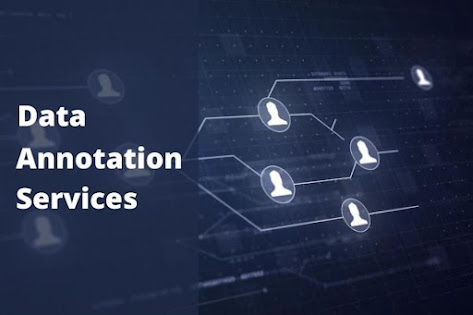The Evolution of Datasets in the Era of Deep Learning
The evolution of datasets in the era of deep learning is an interesting tale of growing complexity, scale, and diversity. As deep learning models became more powerful and capable, the datasets used to train them underwent significant changes, both in size and in the kind of data they encompass. Here's a chronological overview of this evolution:
Early Datasets: Before the deep learning boom, datasets were often hand-crafted, small, and were used primarily for academic purposes. Examples include the famous Iris dataset for classification or the MNIST dataset for handwritten digit recognition.
Emergence of CNNs: With the success of convolutional neural networks (CNNs) in image recognition tasks, there was a demand for larger image datasets. CIFAR-10 and CIFAR-100 became popular, featuring tiny images across multiple classes. The ImageNet dataset, with over a million labeled high-resolution images across 1000 categories, became a game changer. The annual ImageNet Large Scale Visual Recognition Challenge (ILSVRC) pushed advancements in deep learning, leading to models like AlexNet, VGG, and ResNet.
Specialized Datasets: As deep learning research proliferated, the need arose for more specialized datasets to address unique challenges:
Natural Language Processing (NLP): Datasets like Penn Treebank for syntactic parsing, and later, larger corpora like the Stanford Question Answering Dataset (SQuAD) for question answering and the GLUE benchmark for various NLP tasks were introduced.
Audio and Speech: Datasets like TIMIT for speech recognition and later, LibriSpeech for large-scale speech recognition became crucial.
Video: Datasets like UCF101 and Kinetics were used for action recognition in videos.
Diverse Data Modalities: With advancements in various deep learning architectures, datasets started encompassing multiple data types. For instance, Visual Question Answering (VQA) requires models to understand both images and textual questions to provide an answer.
Generative Models: The rise of generative models like Generative Adversarial Networks (GANs) led to datasets tailored for them. CelebA, a large-scale face attributes dataset, is one notable example.
Self-Supervised Learning and Unsupervised Learning: Datasets for these learning paradigms prioritize large amounts of unlabeled data. OpenAI's WebText, used for training models like GPT-2, is an example that comprises vast amounts of text from the internet.
Real-world Challenges: Datasets started evolving to reflect more challenging and real-world conditions. For instance, the Waymo Open Dataset for autonomous driving contains diverse scenarios captured during different times, weather conditions, and urban locales.
Ethics and Bias: There's growing awareness about biases present in datasets. Efforts are being made to curate more balanced datasets, like the Gender Shades project that evaluates bias in commercial AI products.
Synthetic Datasets: With increasing computational power, there's a trend towards generating synthetic datasets. These are especially valuable in domains where obtaining real-world labeled data is challenging, expensive, or ethically questionable. NVIDIA's GAN-generated datasets for face recognition is an example.
Private and Federated Learning: As privacy concerns rise, there's interest in datasets that support federated learning, where models are trained across multiple decentralized devices while keeping data localized.
The evolution of datasets reflects the broader trends and priorities in the field of deep learning. From humble beginnings, datasets have grown immensely in scale and complexity, paralleling the advancements in deep learning models and their applications.
.png)




Comments
Post a Comment